Dividing Butterfly Bush: How And When To Divide Butterfly Bush Plants
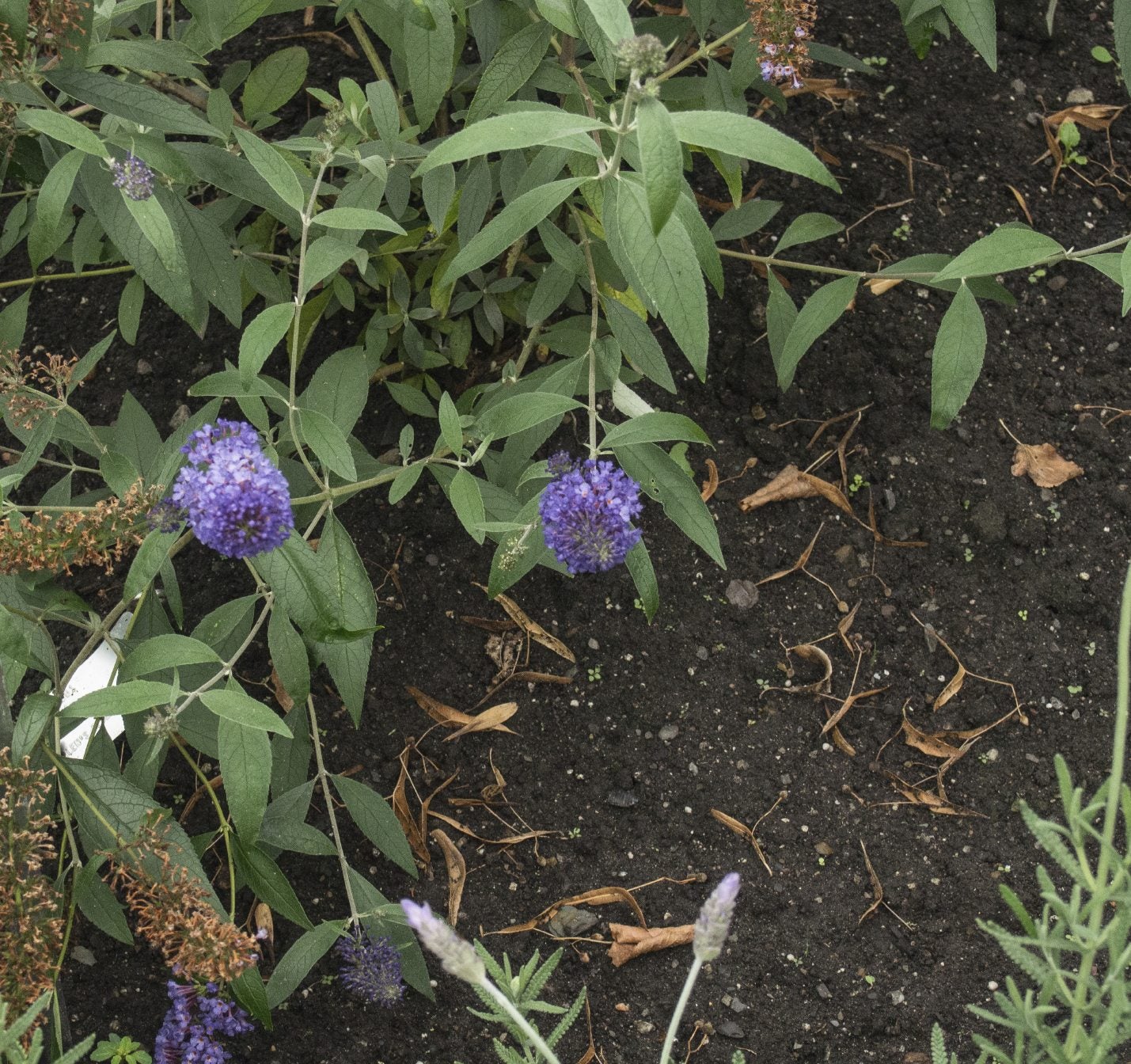

It is understandable that gardeners love butterfly bush plants (Buddleia davidii). The shrubs are low maintenance, grow fast and – in the summer – produce beautiful, fragrant flowers that are attractive to bees, hummingbirds and butterflies. The sun-loving deciduous shrub is easy to grow and easy to propagate by seeds, cuttings or division. Read on for more information on how to divide a butterfly bush.
Butterfly Bush Plants
Butterfly bush plants are native to Japan and China and rise quickly to some 10 or 15 feet (3 to 4.5 m.) high, offering lush flowers in shades of blue, pink and yellow, as well as white. The flowers, presented on panicles at the end of branches, smell sweet like honey. Butterfly bushes are tough and easy plants, tolerant of drought, poor soil, heat and humidity. Since these shrubs grow rapidly and can reach a spread of 8 feet (2.4 m.), a backyard gardener may wish to divide the clump at some point.
Can You Divide Butterfly Bushes?
Dividing butterfly bush is one of the best ways of propagating the plants. It is entirely possible to divide healthy bushes as long as they are big enough. You may want to know when to divide butterfly bush. You can act at any time during the year as long as the plant is healthy, but many gardeners prefer to divide plants in fall, when the soil is warmer than the air at least part of every day.
How to Divide a Butterfly Bush
Dividing butterfly bush is not difficult. The process of division is a matter of digging up the roots of the plant, dividing them in two or more pieces, and replanting the separate divisions. But a few tips can make the process of dividing butterfly bush faster and more effective. First, it pays to soak the soil around healthy, thriving butterfly bush plants the night before you are to divide them. This makes removal of the roots much easier. The next morning, carefully dig up the roots of each plant. Use pruners or your fingers to divide the plant into several pieces, being sure that each “division” has a few roots and a few stems in it. Act quickly to replant the divisions. Replace one of the divisions back in the location where you dug it from. Plant the others in pots or in other locations in your garden. Do not hesitate in replanting the divisions, as the roots may dry out. Water all divisions well and keep the soil moist, but not wet, until the plants are established. You can fertilize if you wish to promote faster growth.
Gardening tips, videos, info and more delivered right to your inbox!
Sign up for the Gardening Know How newsletter today and receive a free copy of our e-book "How to Grow Delicious Tomatoes".

Teo Spengler is a master gardener and a docent at the San Francisco Botanical Garden, where she hosts public tours. She has studied horticulture and written about nature, trees, plants, and gardening for more than two decades. Her extended family includes some 30 houseplants and hundreds of outdoor plants, including 250 trees, which are her main passion. Spengler currently splits her life between San Francisco and the French Basque Country, though she was raised in Alaska, giving her experience of gardening in a range of climates.
-
 5 Tough Urban Trees That Thrive In Cities – Top Picks For Urban & Suburban Landscapes
5 Tough Urban Trees That Thrive In Cities – Top Picks For Urban & Suburban LandscapesExplore the best urban trees that will add value to even the most challenging of landscapes. Get growing with these ideas and enjoy all the benefits of trees.
By Teo Spengler
-
 7 New & Improved Cultivars Of Old-Fashioned Plants – These Aren’t Your Grandma’s Plants!
7 New & Improved Cultivars Of Old-Fashioned Plants – These Aren’t Your Grandma’s Plants!Old is new again! These old-fashioned plants have new cultivars that are sure to thrive in your garden and bring the charm factor. Neighbors will be envious!
By Mary Ellen Ellis
-
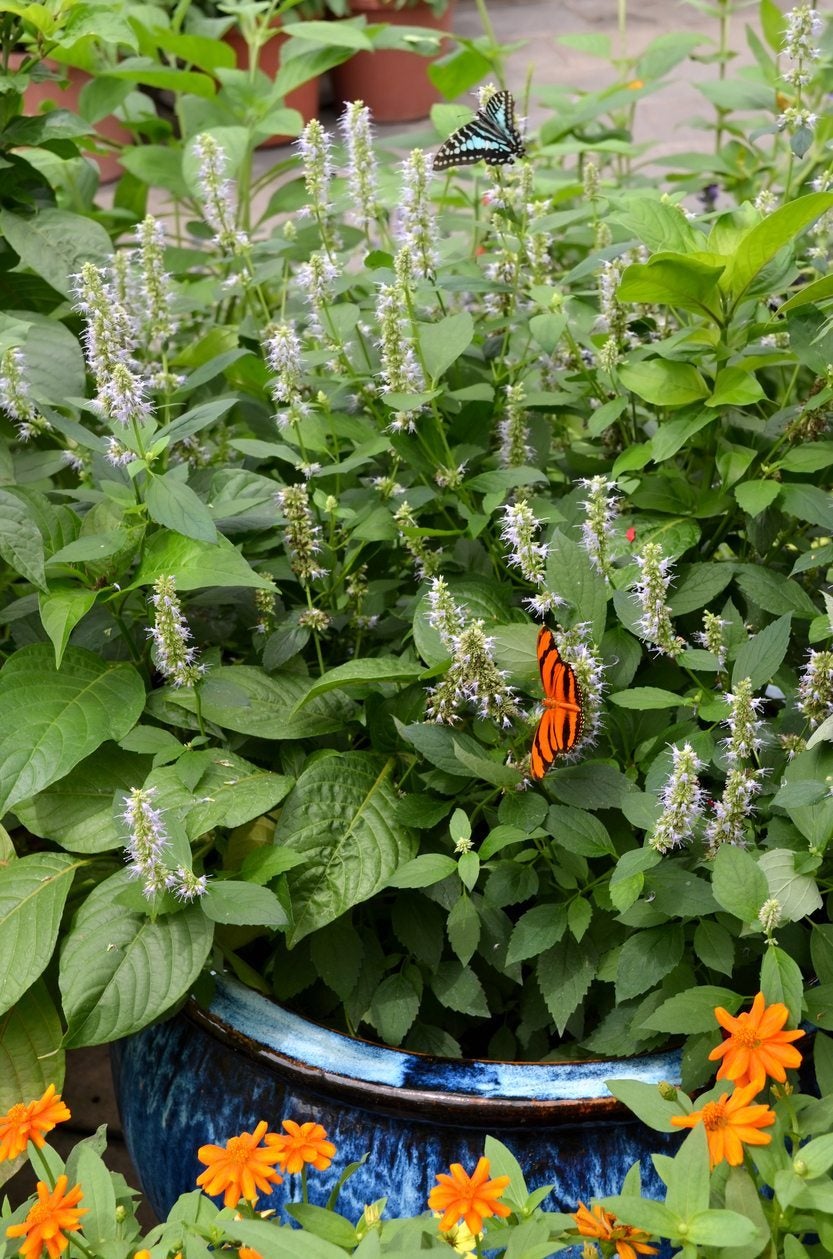 Butterfly Bush Container Growing – How To Grow Buddleia In A Pot
Butterfly Bush Container Growing – How To Grow Buddleia In A PotCan I grow a butterfly bush in a container? The answer is yes, you can - with caveats. Growing a butterfly bush in a pot is very possible if you can provide this vigorous shrub with a very large pot. If this sounds like something you?d like to try, click here for more info.
By Mary H. Dyer
-
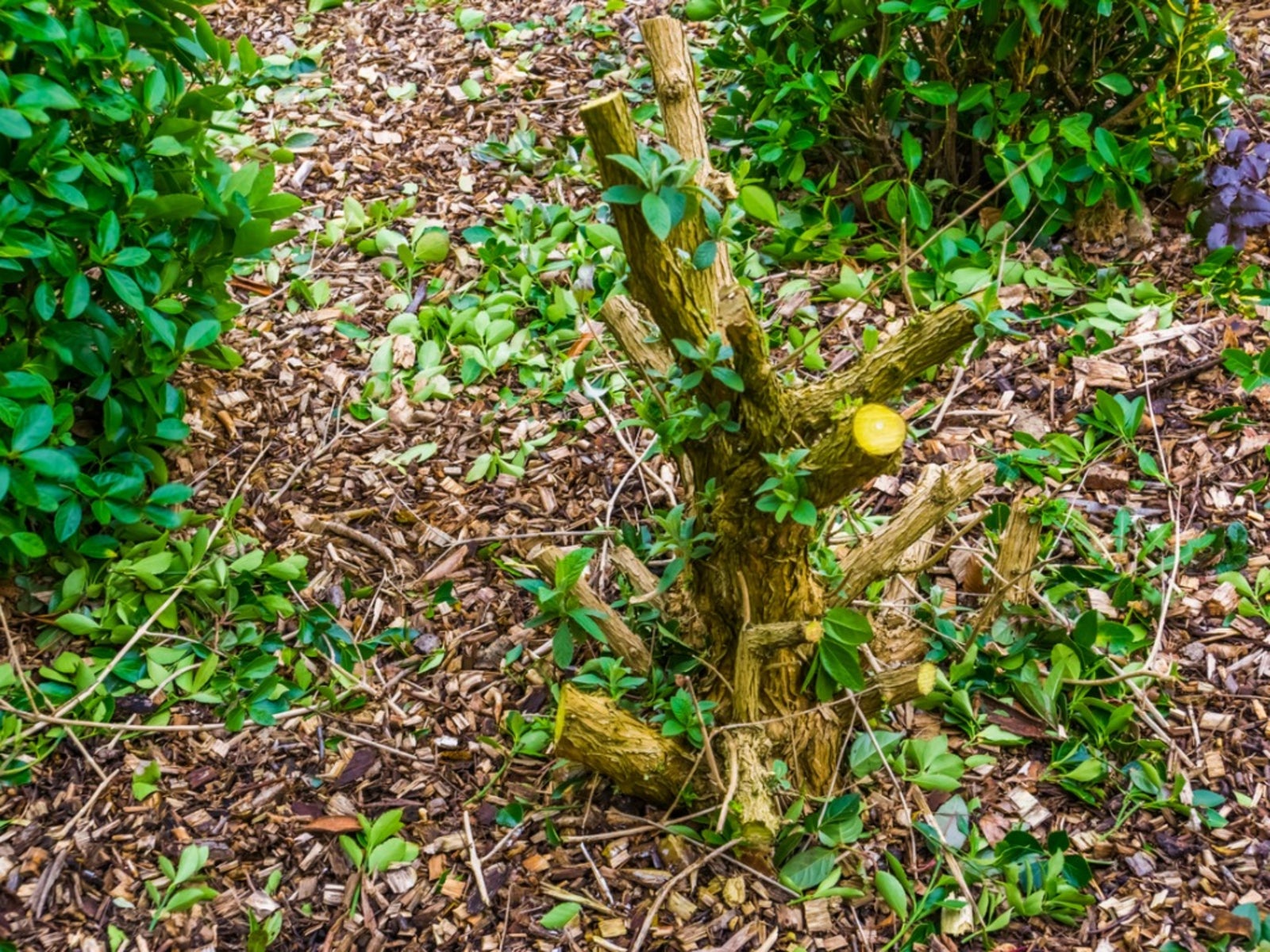 My Butterfly Bush Looks Dead – How To Revive A Butterfly Bush
My Butterfly Bush Looks Dead – How To Revive A Butterfly BushButterfly bushes should be able to survive winter in USDA zones 5 through 10. Sometimes they have a harder time coming back, however. Find out what to do if your butterfly bush is not coming back in the spring in this article and how to revive it.
By Liz Baessler
-
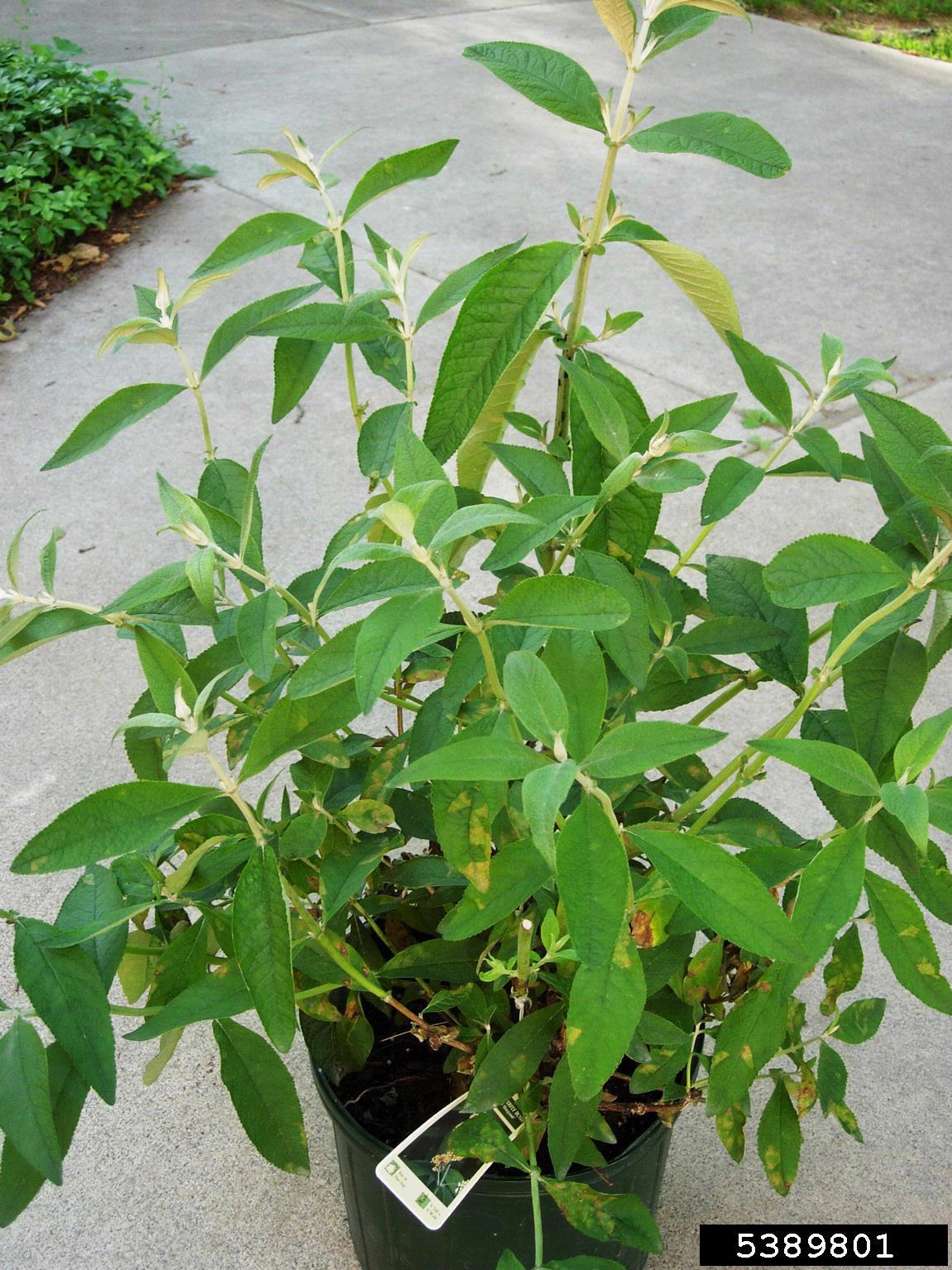 Butterfly Bush Diseases – Treating Diseases Of Butterfly Bush
Butterfly Bush Diseases – Treating Diseases Of Butterfly BushButterfly bush is a relatively trouble free plant to have in the garden. That being said, there are a few buddleia diseases you ought to look out for if you want your plant to be as healthy as it can be. Click this article to learn more about butterfly bush disease problems.
By Liz Baessler
-
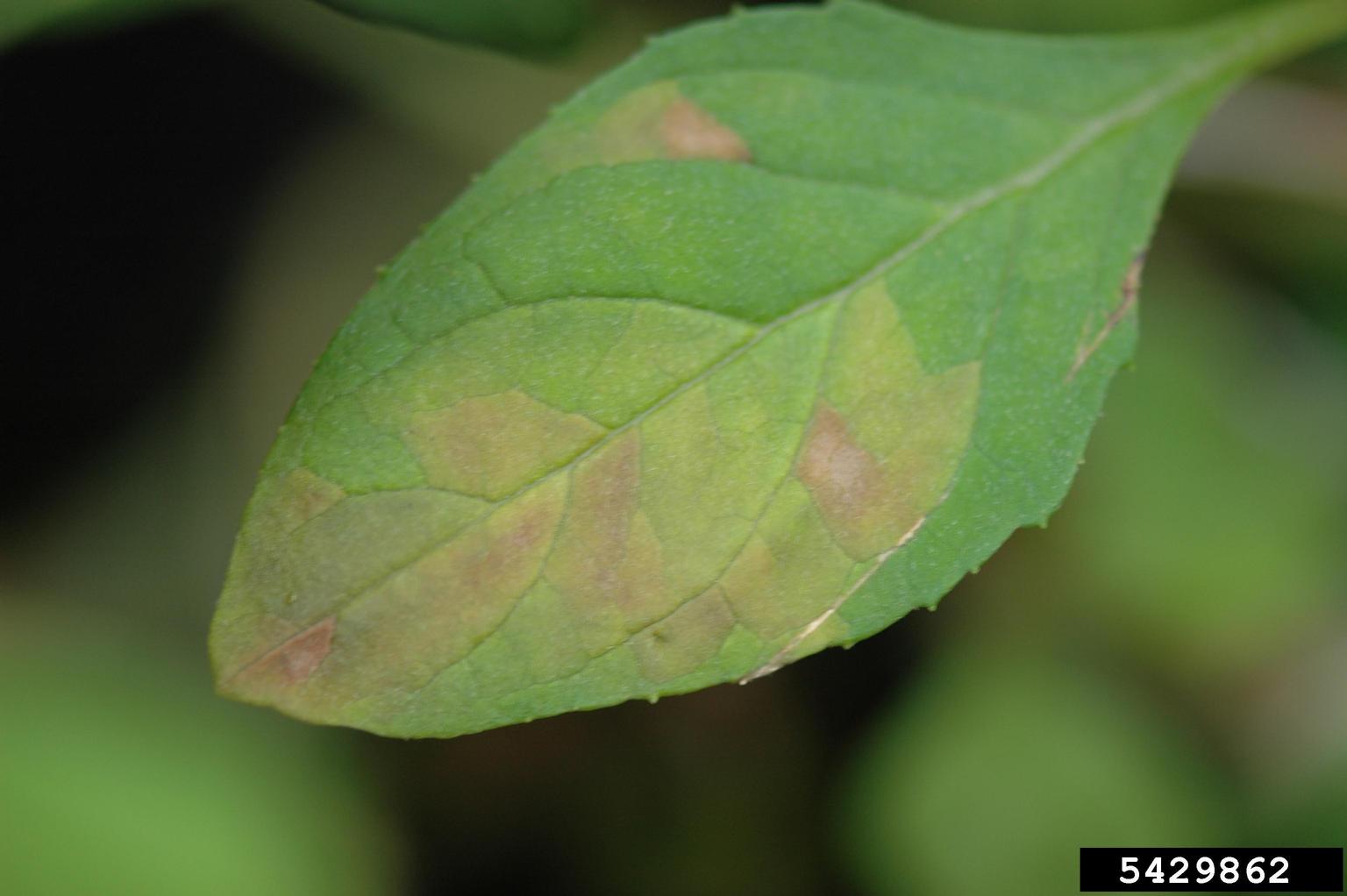 Problems With Butterfly Bushes: Common Butterfly Bush Pests And Diseases
Problems With Butterfly Bushes: Common Butterfly Bush Pests And DiseasesButterfly bushes are truly tough plants and grow well under a variety of conditions. In fact, they grow so well and spread so easily that, in some locations, they are considered invasive. That said, butterfly bush problems do occur, and this article will help.
By Teo Spengler
-
 Avoiding Butterfly Bush Winter Kill: Learn How To Overwinter A Butterfly Bush
Avoiding Butterfly Bush Winter Kill: Learn How To Overwinter A Butterfly BushIf you are concerned about butterfly bush winter kill in your region, take some tips on how to save the plant. There are several steps to preparing butterfly bushes for winter and saving these colorful plants. Click here to learn more.
By Bonnie L. Grant
-
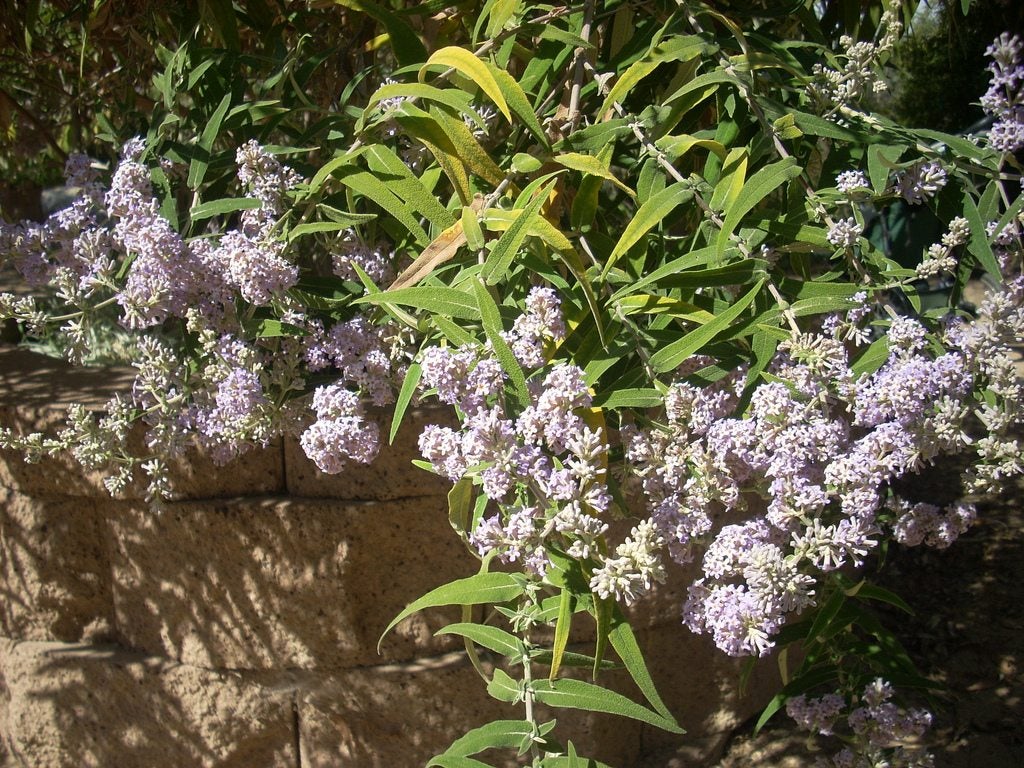 Butterfly Bush Leaves Turning Yellow: How To Fix Yellowing Butterfly Bush Leaves
Butterfly Bush Leaves Turning Yellow: How To Fix Yellowing Butterfly Bush LeavesWhen it defoliates in autumn, the leaves change color naturally; but during the growing season, yellow leaves on my butterfly bush can signal other problems. Here are some potential causes so you can triage your yellowing butterfly bush leaves.
By Bonnie L. Grant
-
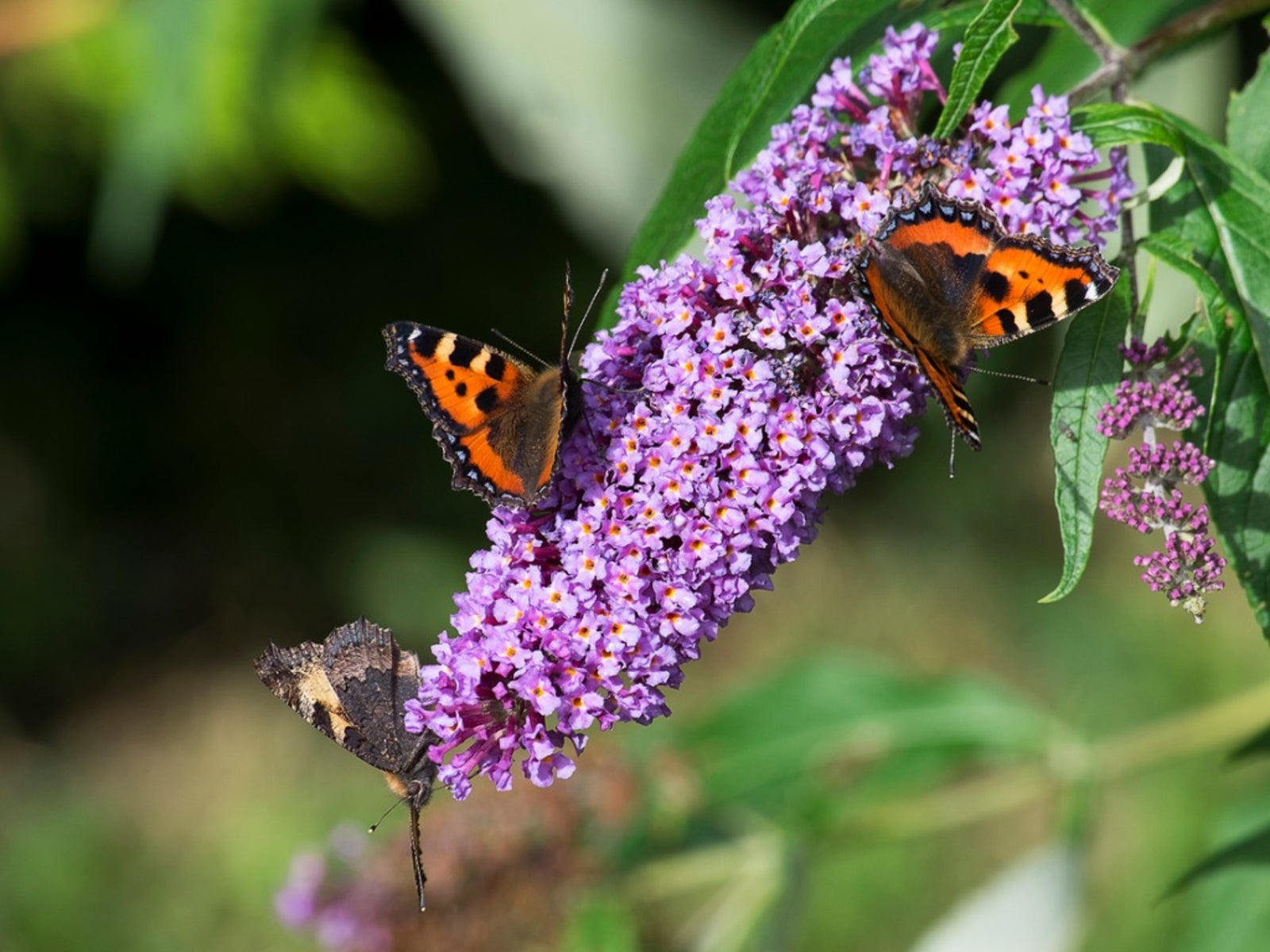 Butterfly Bush Varieties: Kinds Of Butterfly Bushes To Grow
Butterfly Bush Varieties: Kinds Of Butterfly Bushes To GrowAttractive garden plants in cold, medium and warm zones, there are butterfly bush varieties that would work well in nearly any region. For more information on different kinds of butterfly bushes, click on the following article.
By Teo Spengler
-
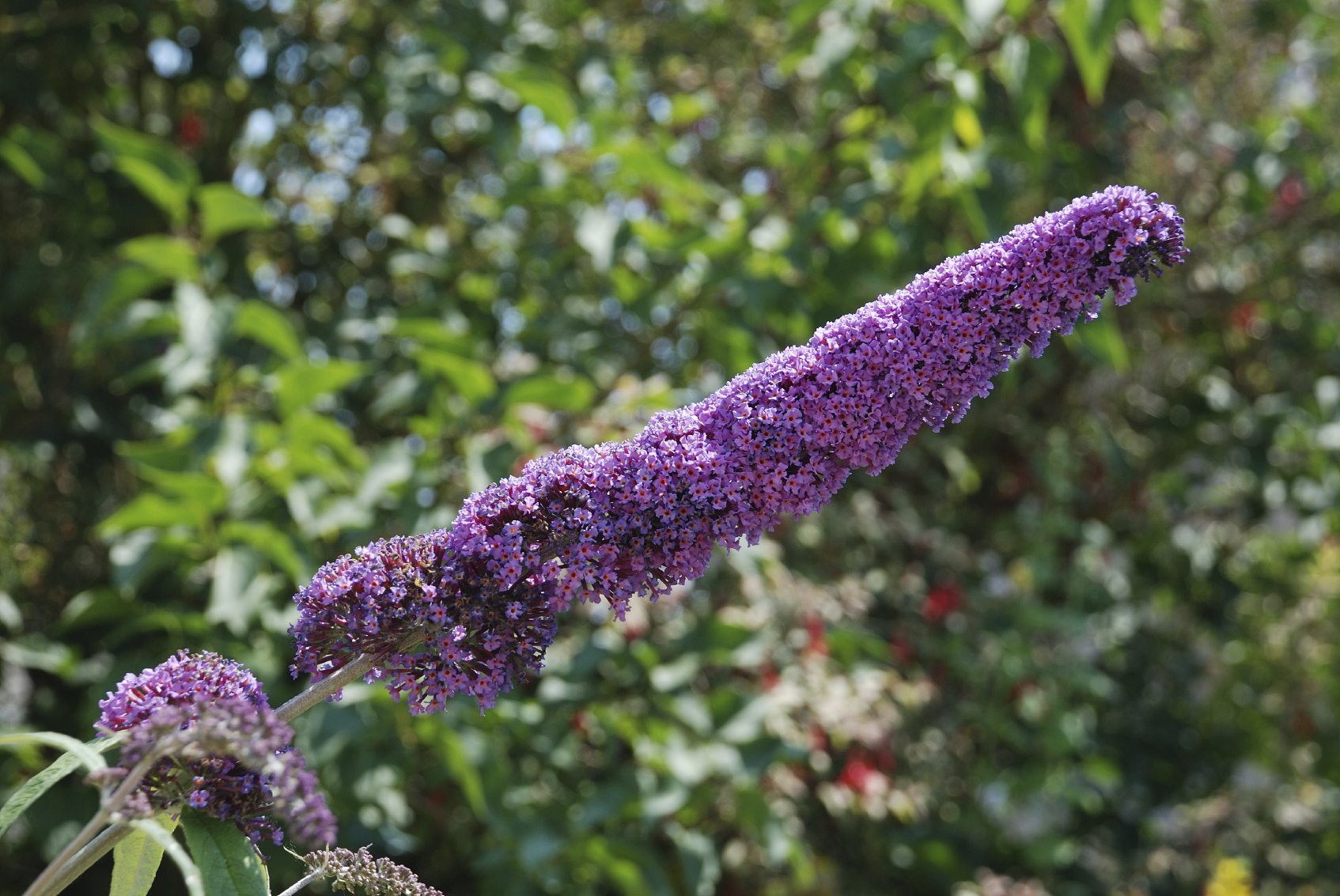 My Butterfly Bush Is Not Blooming – How To Get A Butterfly Bush To Bloom
My Butterfly Bush Is Not Blooming – How To Get A Butterfly Bush To BloomIt can be a serious letdown if your butterfly bush will not bloom. Find reasons why there may be no flowers on a butterfly bush, as well as ways to get a butterfly bush to bloom in the following article. Click here for more info.
By Liz Baessler